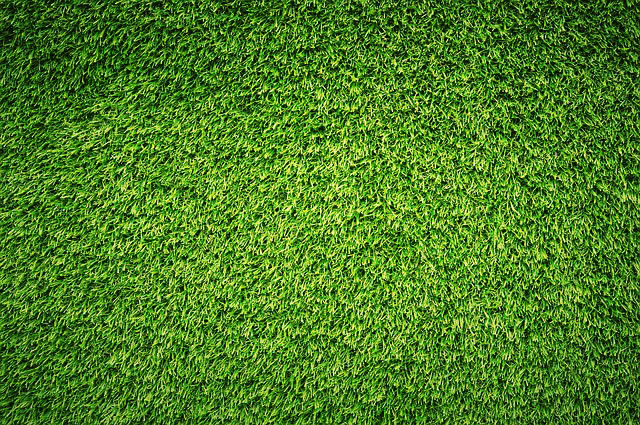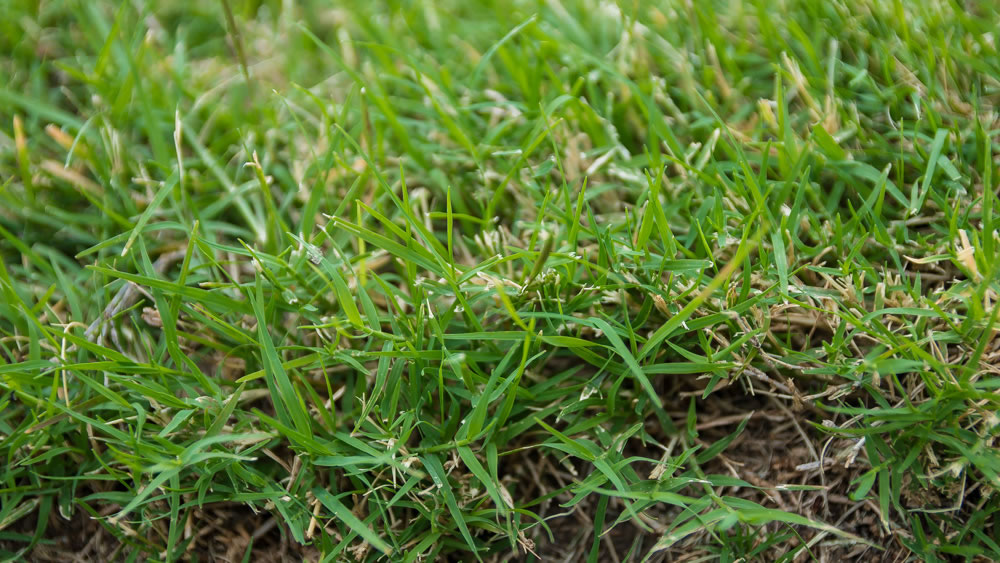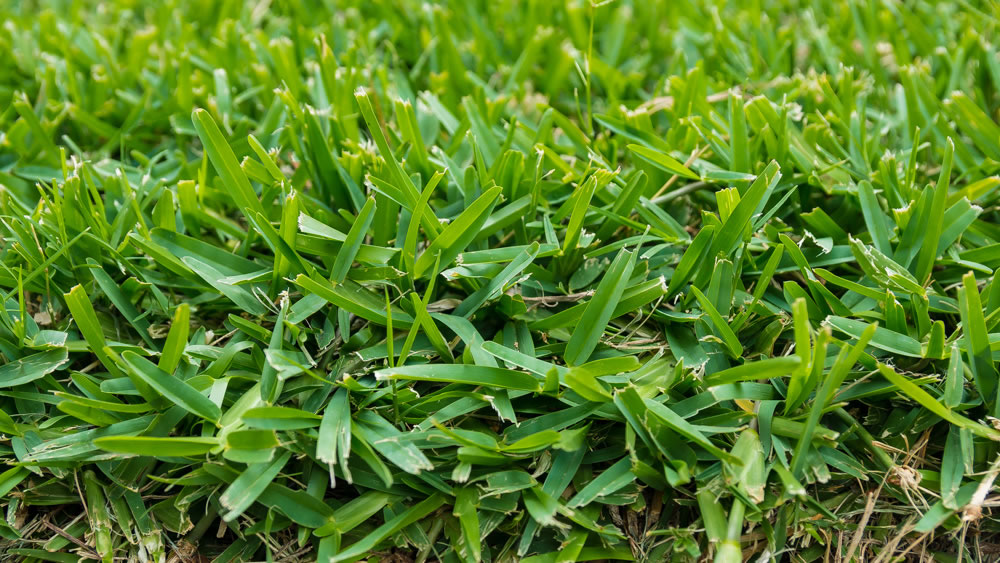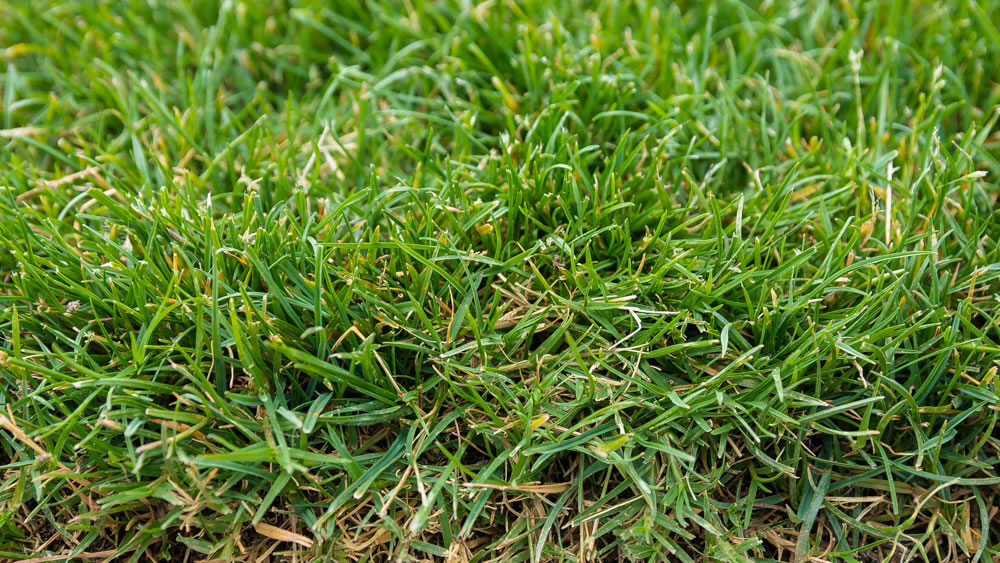The hardest part about caring for sod is doing the right things every day. By installing sod, you have chosen one the fastest methods to obtain a beautiful and lush yard. Follow the recommendations below on how to care for new sod, and your new grass will successfully establish itself in your yard.
Caring for Sod: What to Expect
Within two to four weeks, you should see a visible progression with your sod. (We recommend that you take a photo to compare the progress.) Keep in mind that grass is a living organism; therefore, the growth rate of grass can vary based on environmental conditions, moisture management, and drainage. If you see any areas becoming brown or gray, contact the team at Weed Xtinguishers to evaluate your situation.

Specific Grass Type Instructions
All grass types need to be trimmed, watered, and fertilized. In addition to those things, each grass type has individual requirements. Below are the main three types of grass in North Texas and specific notes about them.

Bermuda Grass
- Bermuda grass can withstand prolonged periods of heat and drought if watered properly.
- One of the advantages of this grass is that it is less prone to fungal diseases.
- This grass type will require regular watering and eight to twelve hours of sunlight to thrive.
- We recommend that you mow low and occasionally bag in the cooler months, so thatch does not compound on your lawn.

St Augustine Grass
- St. Augustine grass is more tolerant of shaded areas.
- While it will not survive in areas of no direct sunlight (fully shaded), it will thrive if it receives at least six to eight hours of filtered sunlight.
- Because of the potential for fungal diseases, do not water St. Augustine grass at night. The only conditions in which it would be appropriate to water in the evenings is if your area is under heavy drought and the daily temperatures are consistently above 90° F.
- In the spring, bag the grass clippings when mowing.
- Do not mow the grass any lower than two and a half inches. Mowing low will pull the runners up from the ground.

Zoysia Grass
- Zoysia grass can thrive in shaded areas and full sunlight. While it will not survive in areas of no direct sunlight (fully shaded), it will thrive if it receives at least four to six hours of filtered sunlight.
- This grass type will require more care and maintenance than other grass types. Its metabolism is slower than other grasses, making it harder to recover from damage.
- Do not water in the evenings as zoysia is prone to fungal diseases.
- Bag zoysia grass clippings at every mow.
The First 30 to 45 Days
Do not mow the newly sodded areas for thirty days.
Keep the soil damp. We recommend watering the sodded areas daily in the morning for ten to twenty minutes. After fourteen days, assess the sod’s progress. If the sod has taken root, then you can go to your usual watering regiment. If the roots have not established, continue daily watering for another fourteen days.
Do not drown or dehydrate the grass. You will need to adjust watering requirements depending on the season and rainfall levels. In periods of heavy rainfall, you will water less than in drier periods. Conversely, be prepared to water multiple times per day in warmer months.
Lastly, do not treat the newly sodded area with fertilizer and/or weed control for thirty days. Both products will prevent grass roots from implanting themselves deeply into the ground.
Ongoing Care
For your first mow, new sod care recommends that you not mow less than three inches in height. After the first mow, it is safe to mow according to the mowing instructions for your grass type, listed above.
Be sure to provide an adequate amount of water to the lawn at all times. While you do not need to water every day, you want to make sure your lawn is receiving at least one to two inches of water a week. If you are using an irrigation system, during the cooler months with little to no rainfall, cycle each zone twice a week using these times as a baseline (adjust as needed): ten minutes for stationary heads, twenty minutes for drip lines and rotary heads. During the warmer months, water at the same frequency and time, but run each zone twice at each watering.
Finally, make sure that you are on a fertilization and weed control regiment. We recommend starting with a light fertilizer to see how the grass responds. Over time, you will find that weeds will not overrun your lawn and the grass will be green.
Welcome to Your New Lawn!
Congratulations on your new sod! By taking the time to learn how to care for new sod, you are well on your way to the yard you’ve always wanted. If you have any questions, please contact Weed Xtinguishers at 972-697-5221.

